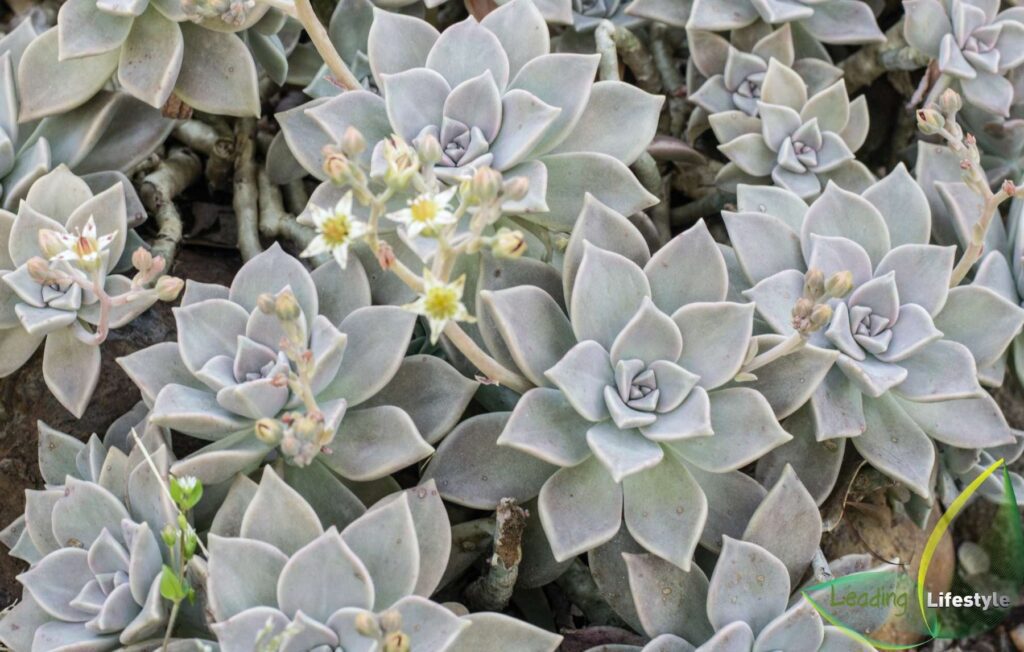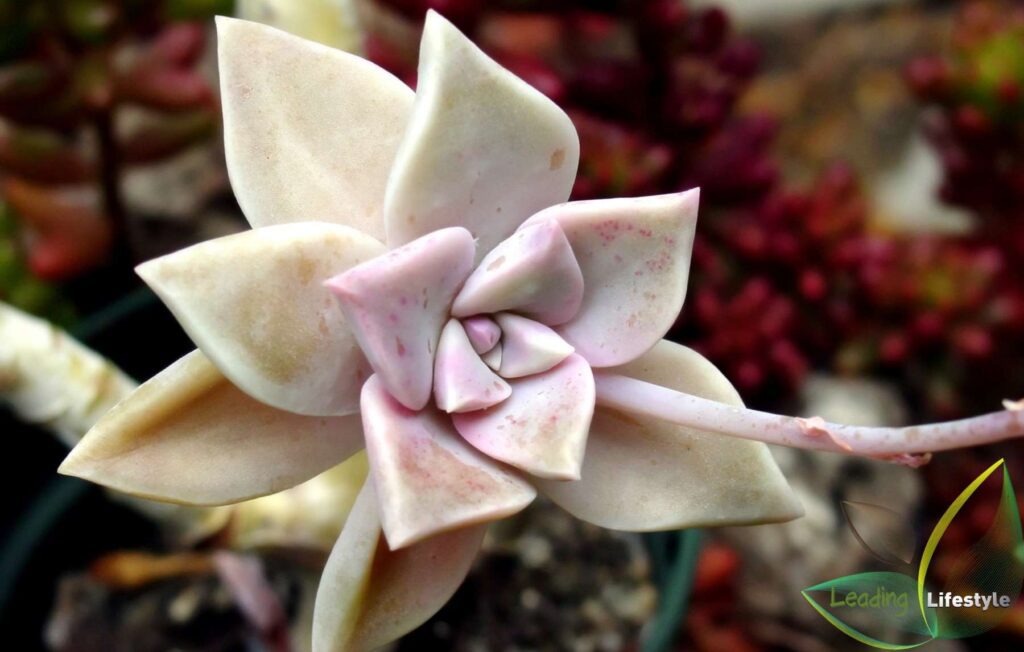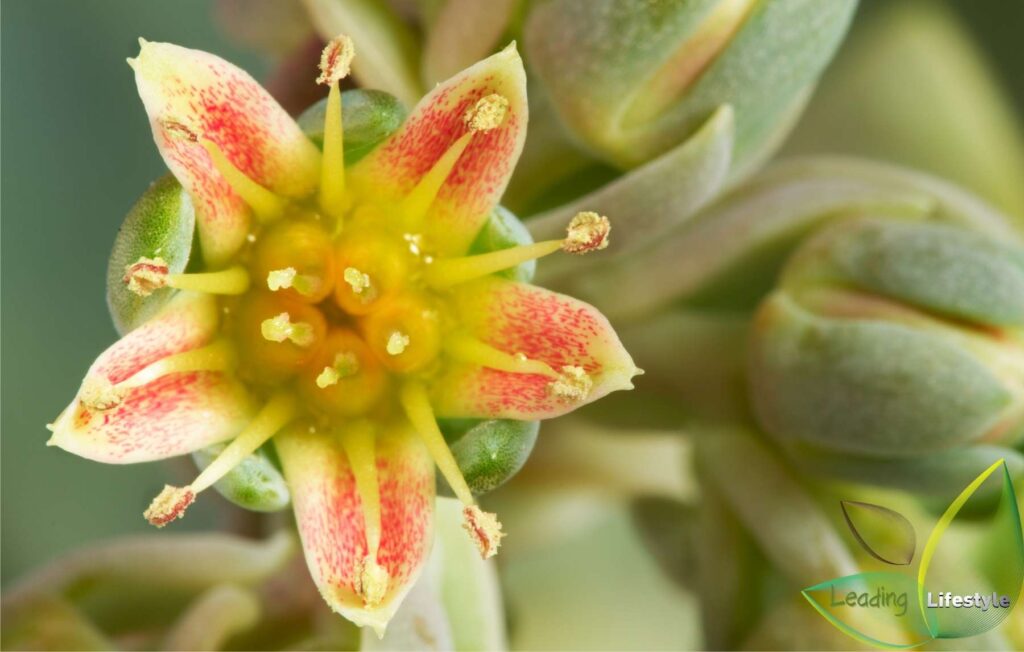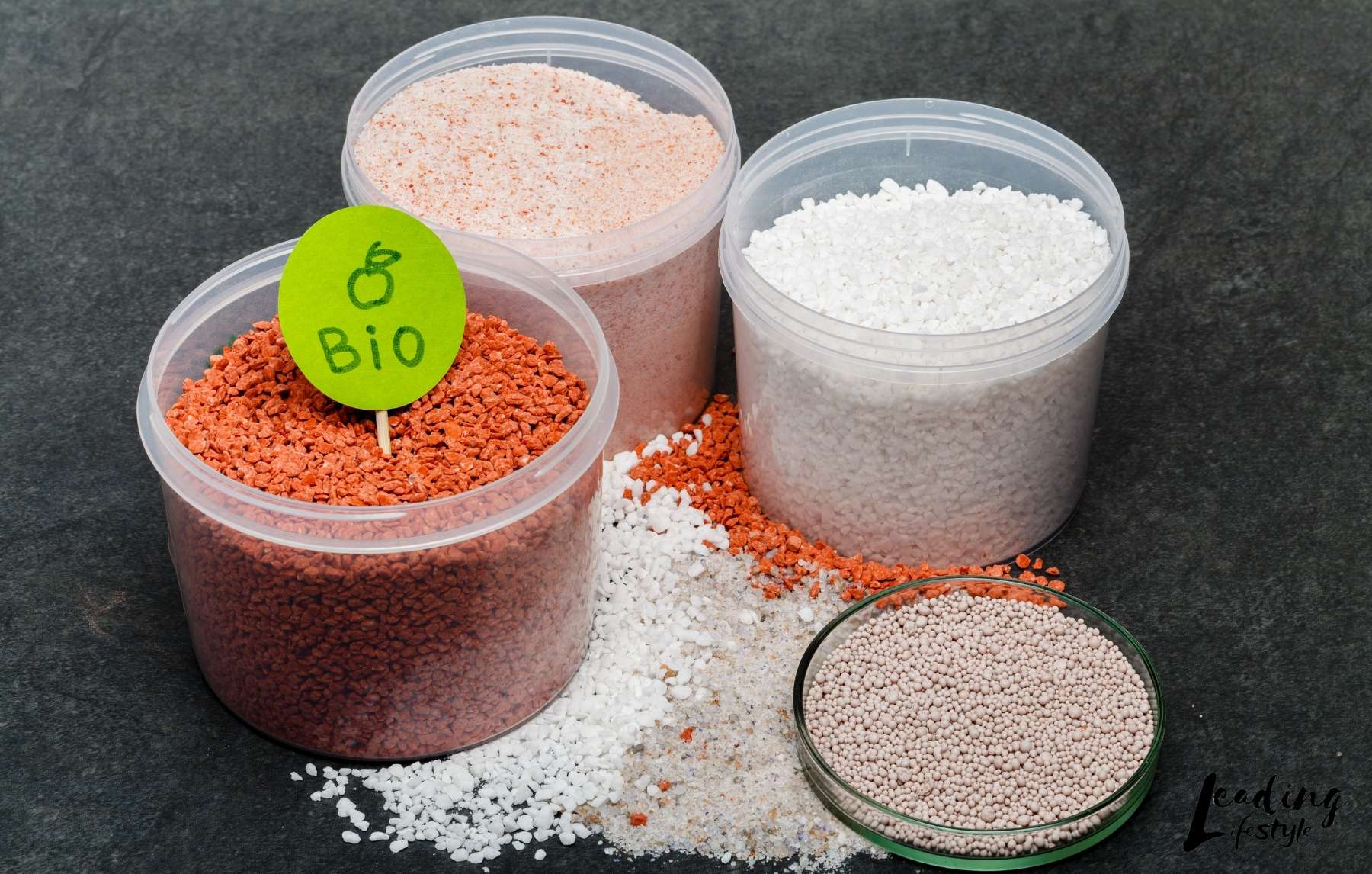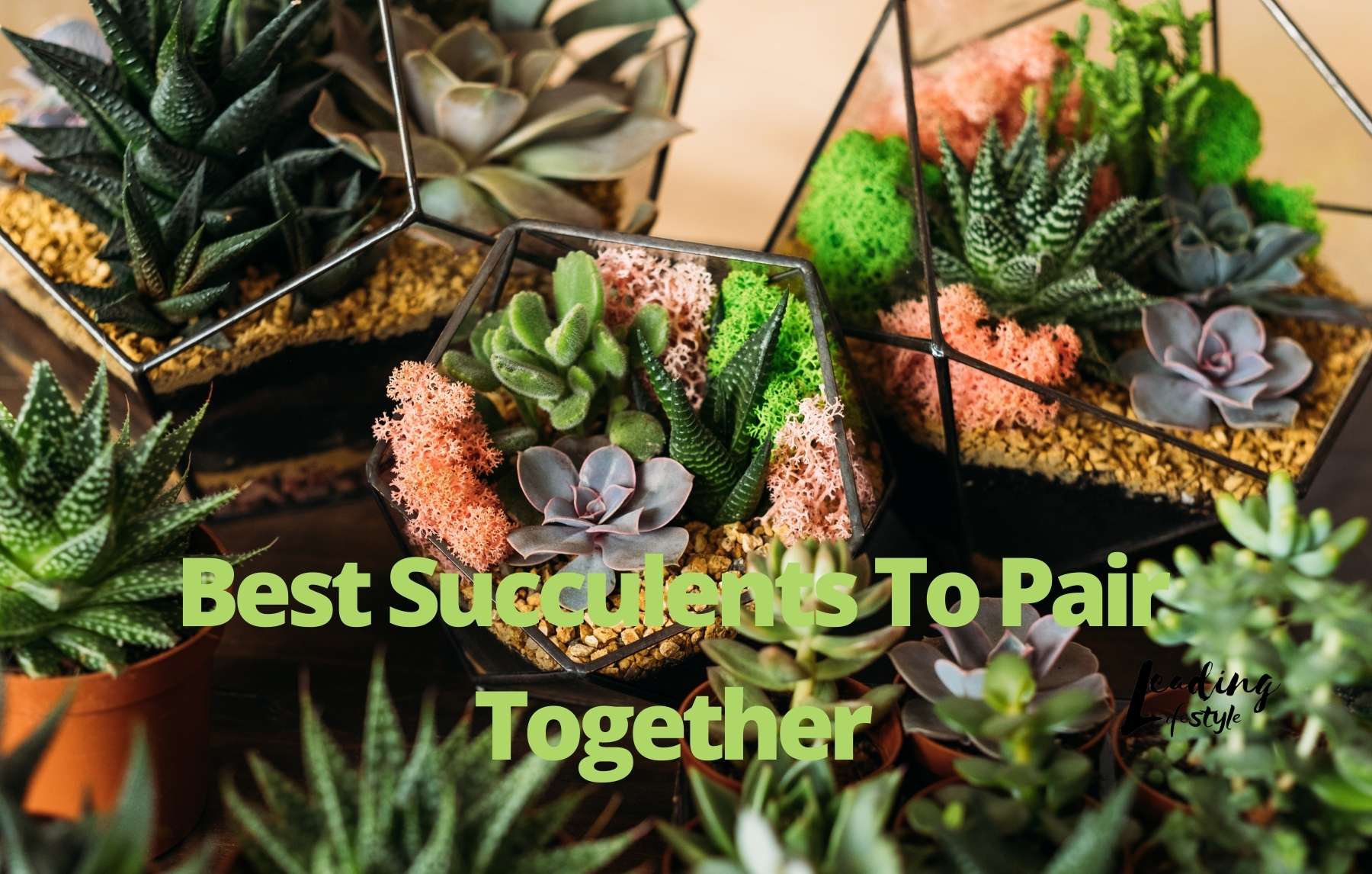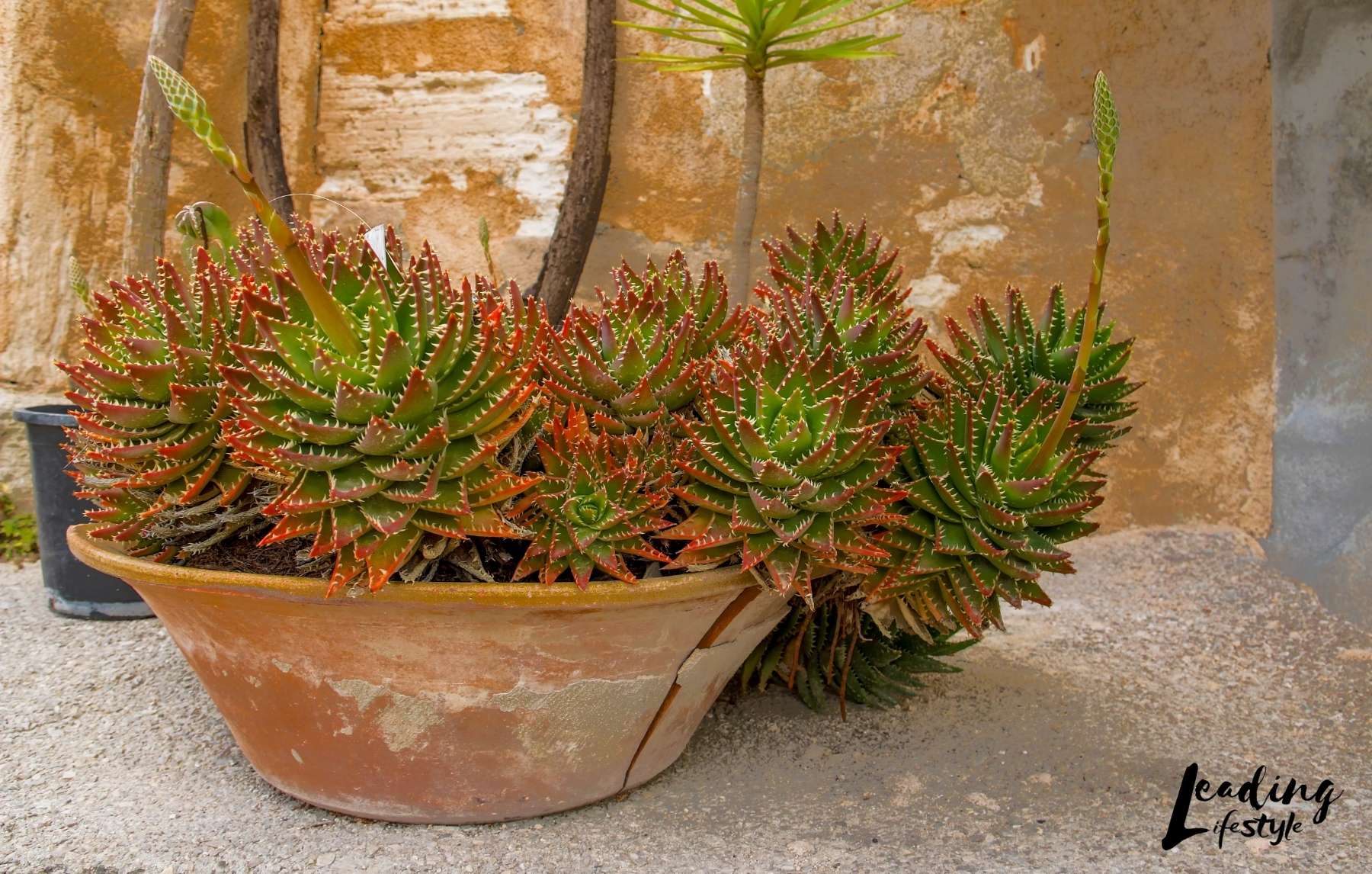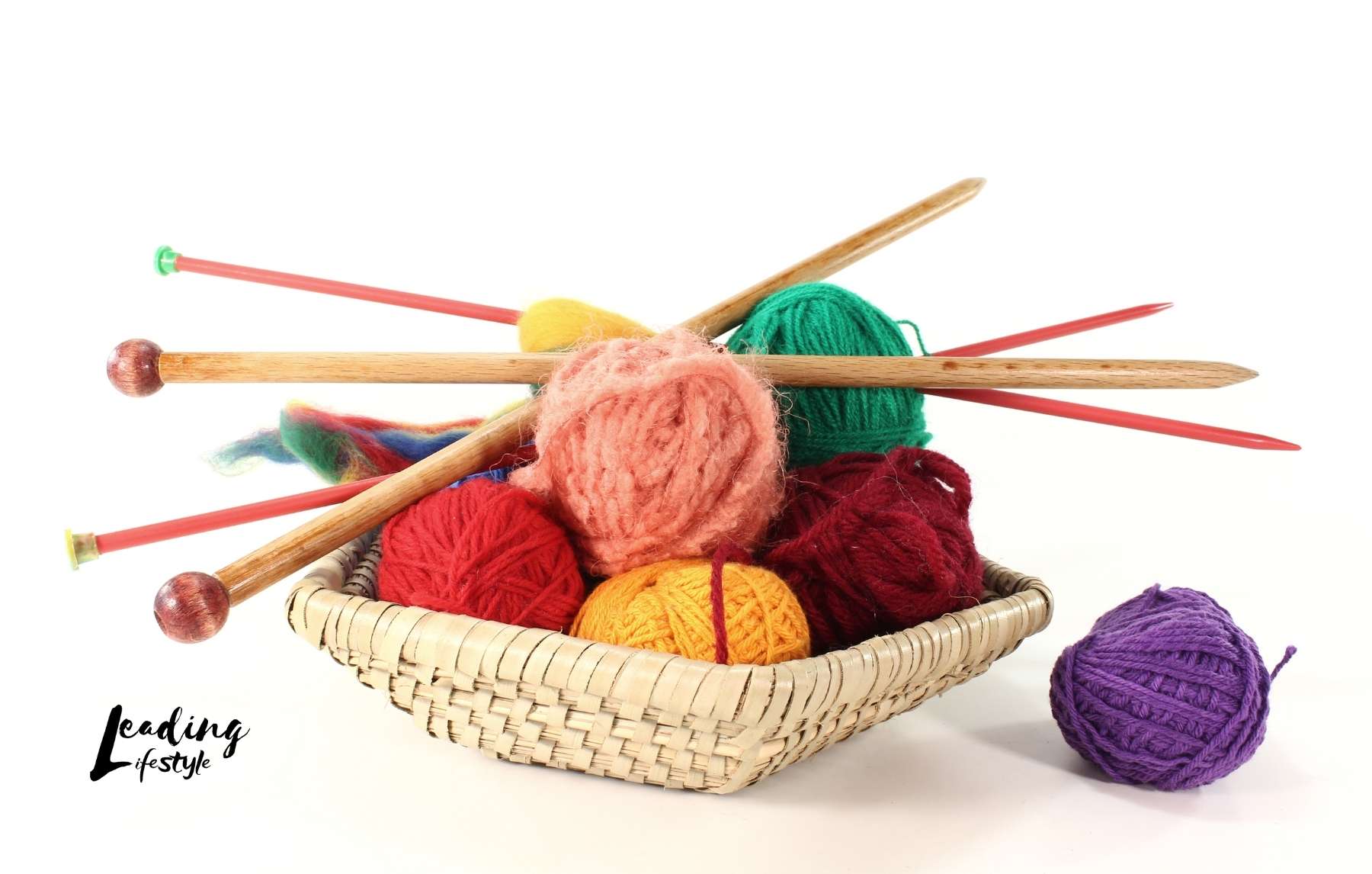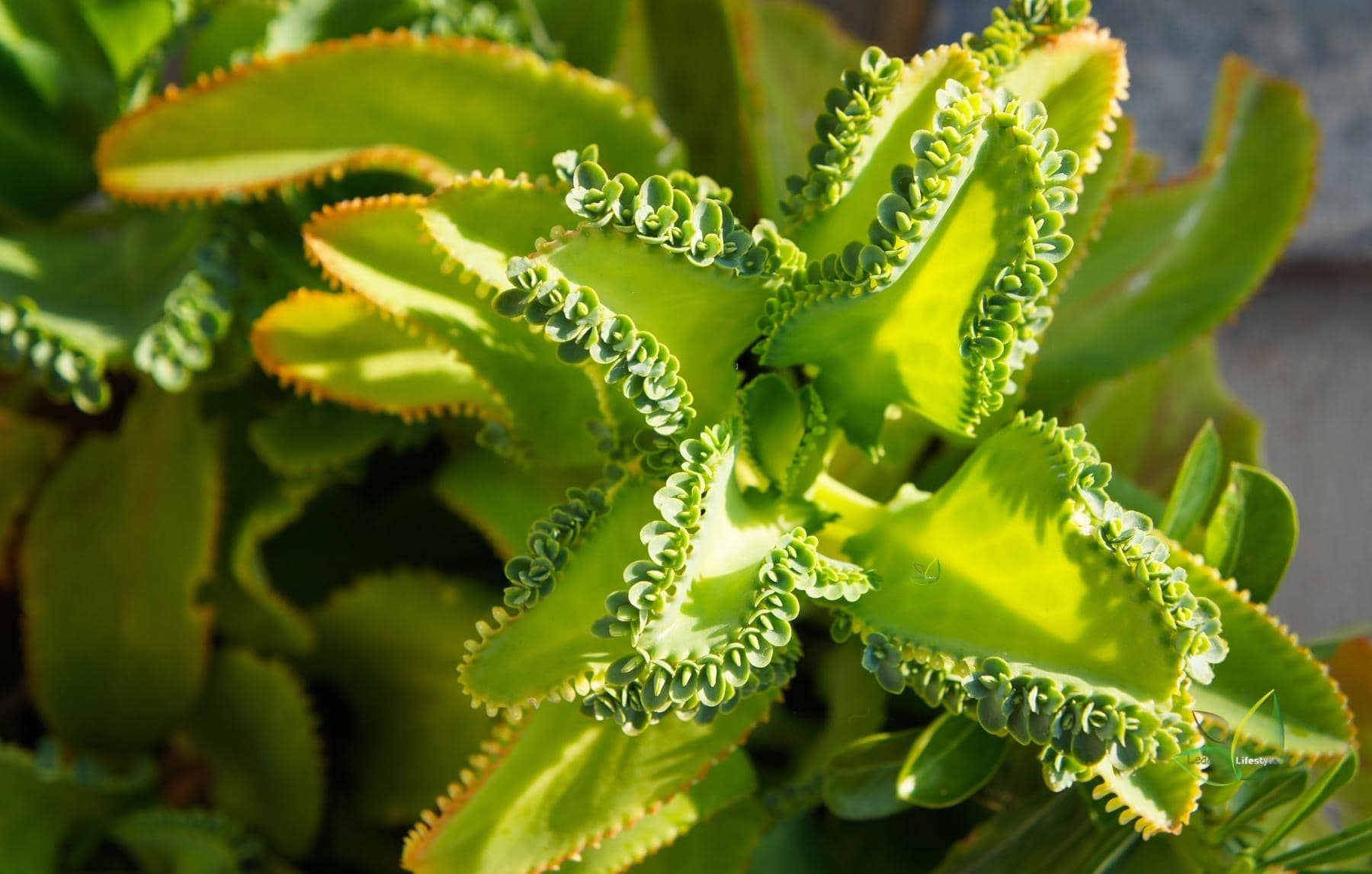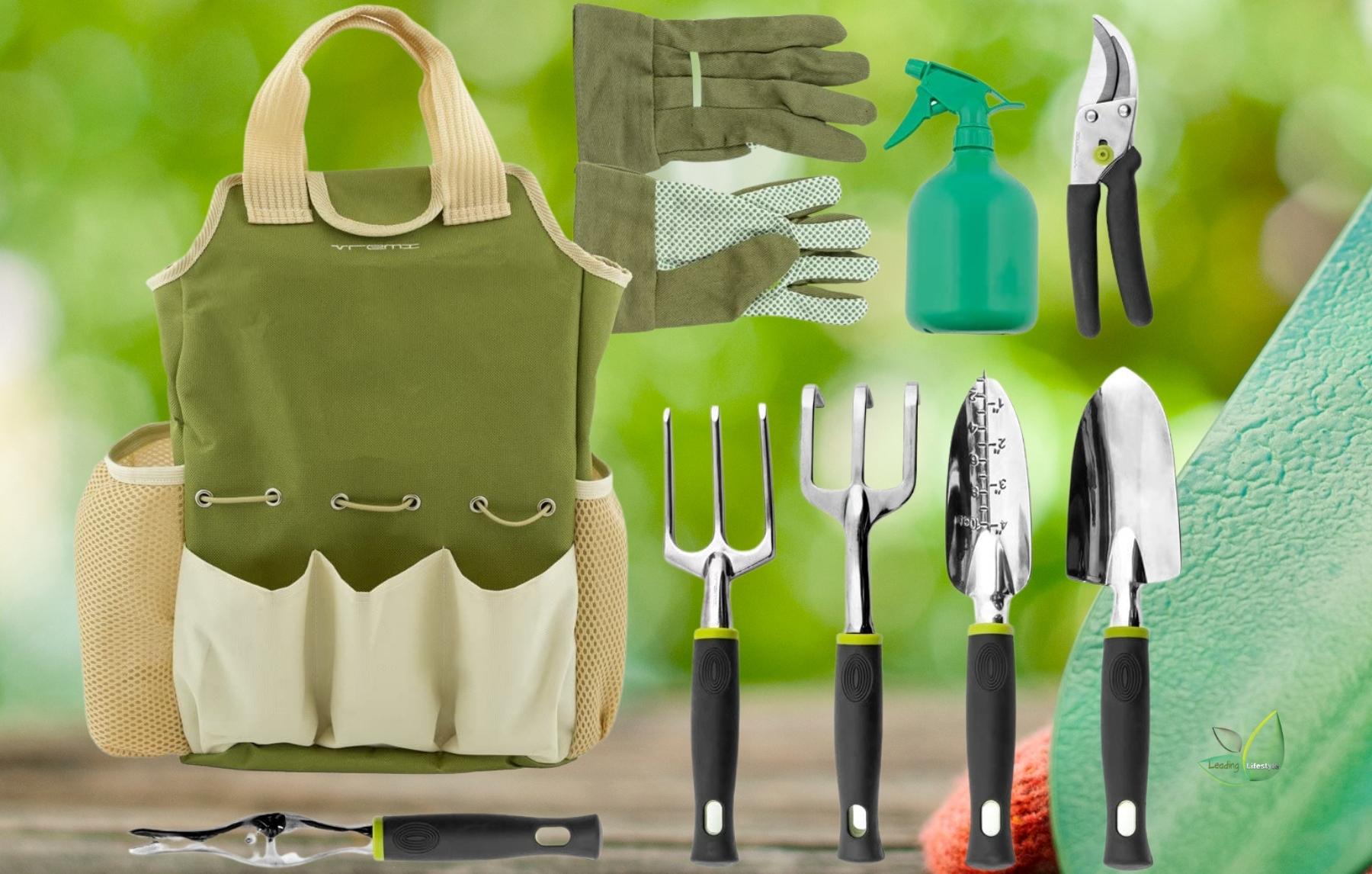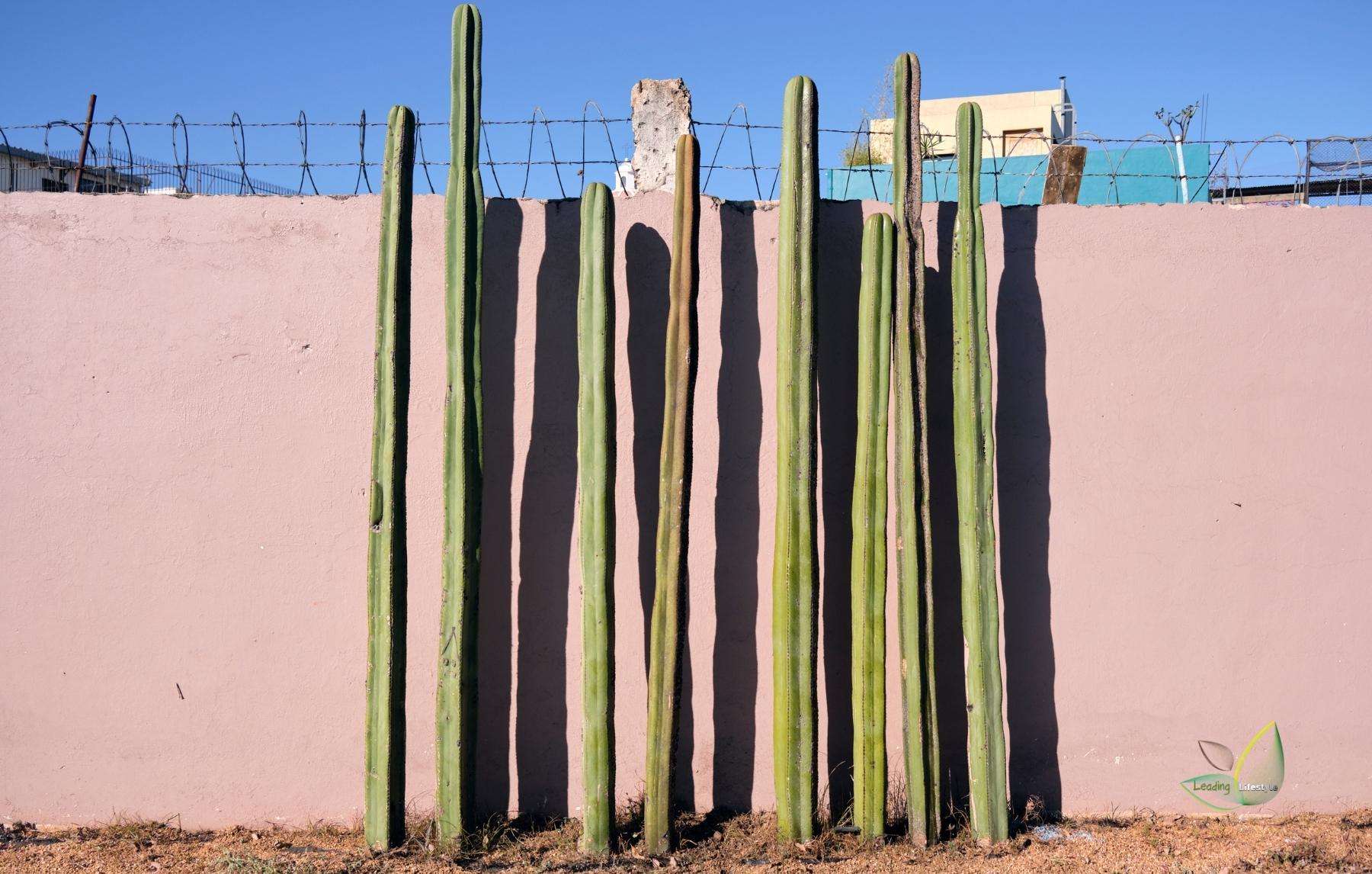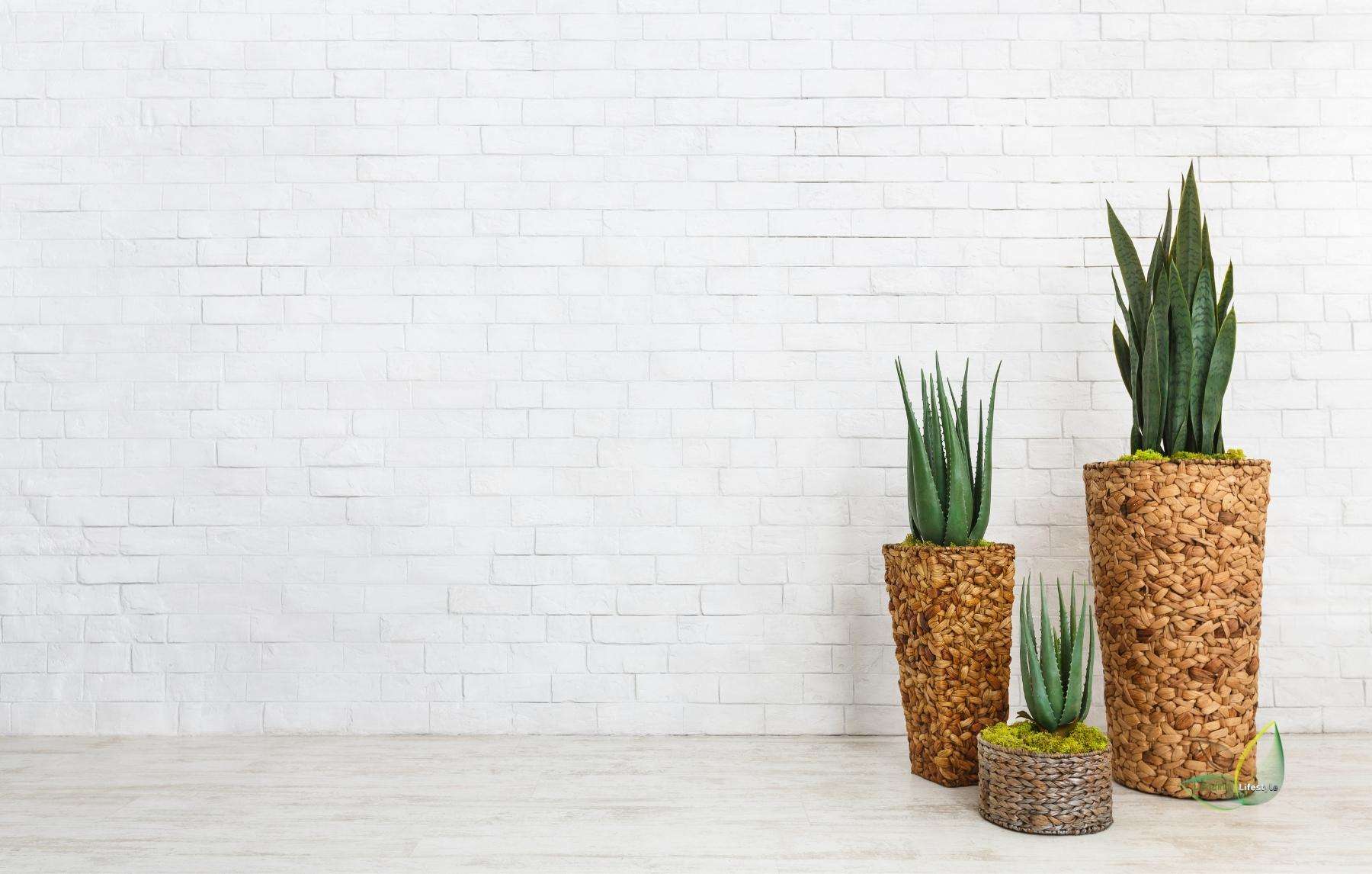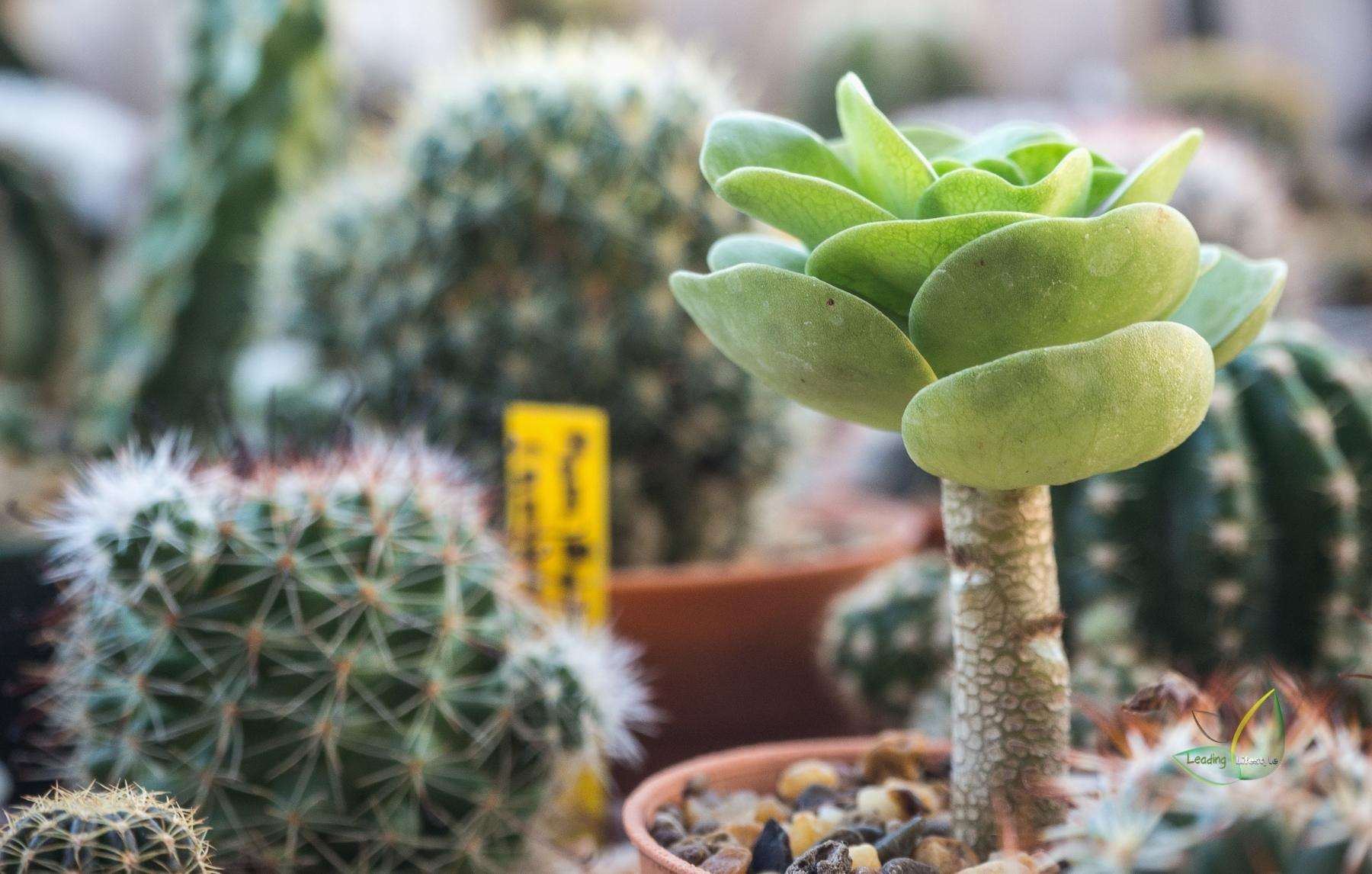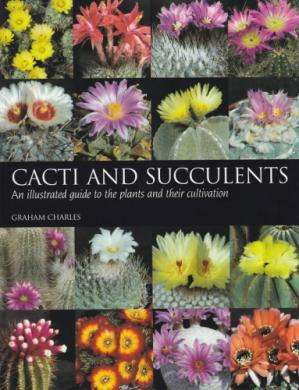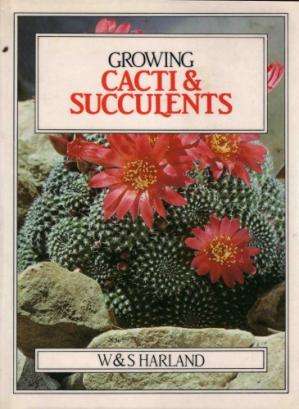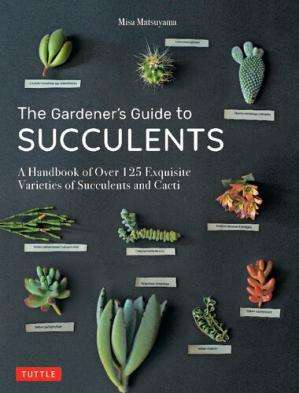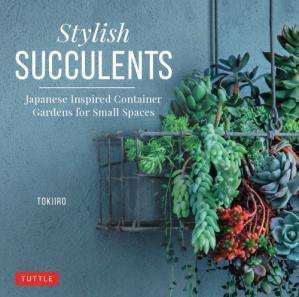Cacti and succulents are popular in garden centers, home improvement stores, and even craft and hobby stores. The ghost plant succulent is that plant you’ve seen everywhere but had no idea what it was called.
Ghost plants add a modern touch to container plantings and rock gardens with their pinkish-grey succulent leaves and trailing rosette form. The ghost plant succulent is a popular subject for faux plant arrangements, but there’s no reason to buy expensive fake plants when the real thing is so simple to grow and propagate.
Ghost plant Succulent (Graptopetalum paraguayense) has lovely trailing rosettes, making it ideal for a hanging pot. When grown in full sun, these Graptopetalums turn yellow-pink, but they turn bluish-grey when grown in the shade.
How to Grow Ghost Plant
When its basic growing requirements are met, the ghost plant, like most succulents, is a low-maintenance specimen. Sharp drainage, plenty of sunlight, and infrequent irrigation are the keys to a healthy ghost plant that will soon produce new offshoots for you to propagate.
Light
Ghost plants will look their best in full sun or bright dappled shade. Plants that do not receive enough light will become leggy and may drop their leaves. Keep the ghost plant in a south or east-facing window when growing as a houseplant.
The amount of light that a ghost plant receives can affect its coloration, making plants of the same species appear different. A more shady location produces the characteristic bluish-gray foliage, whereas a full day of the sun causes shades of blush to appear on the leaves.
Soil
Like most succulents, the ghost plant requires good drainage to maintain a healthy root system. The more rain your area gets, the more drainage you’ll need to provide for ghost plants. If you have clay soil in your garden, use raised beds that are at least six inches tall and a planting mix that is half grit, gravel, or sand and half organic material such as peat, coco coir, or commercial potting soil.
Water
In the absence of natural rain, ghost plants require only infrequent irrigation. Plants growing in full sun and summer temperatures will benefit from weekly watering, whereas houseplants may only require watering every other week. Indoor ghost plants should be watered at the soil level to avoid water stagnation in the rosettes.
Temperature and Humidity
Although ghost plants thrive in hot weather, excessive humidity is a problem in areas with poor drainage. Planting your ghost plants in containers or raised beds, as well as spacing them apart from each other and other plants will keep them healthy.
Fertilizer
All plants require nutrients to grow, but succulents can thrive in low-nutrient soil, and over-fertilization will cause the leaves to burn. A soil-enriching approach, such as manure tea or a side-dressing of compost, is sufficient to keep your ghost plants healthy.
Potting and Repotting
Ghost plants have shallow root systems and do not require repotting regularly. When your plant has outgrown its container, handle it with care to avoid damaging the powdery pruinose coating on the leaves, which is delicate. Plants should be repotted in a light potting mix or cactus mix, rather than by the leaves.
Propagating
Propagating new ghost plants is simple, whether you start with a single leaf or replant one of the many pups produced by a healthy clump. If the conditions are favorable, a healthy leaf that falls from a ghost plant may even root where it lands.
Toxicity of Ghost Plant
Ghost plants are not toxic to dogs, cats, or horses, according to the ASPCA.
Pruning
Ghost plants produce new rosette pups on thick stems that can become leggy over time. Depending on the look you want, these leggy offshoots can add to the plant’s charm or start to look scraggly. You can remove the offshoots as they grow too long and replant the pups, share them with friends, or compost them.
Growing in Containers
Growing ghost plants in containers is a great way to bring the characteristics of this succulent to the forefront of your mind. Choose a gritty or lightweight potting soil mix, and keep the ghost plant near the container’s edge, where taller plants won’t obscure it. Ghost plants’ pale grey leaves contrast nicely with purple-leafed plants that have similar growing requirements, such as Sedum’s’ Firecracker.’
Growing From Seeds
Although cuttings are the quickest way to propagate ghost plants, you can also start many plants from seed to cover a large area of the garden. Collect the tiny seeds that form after the flowers wither, or buy seed. Plant the seed in sterile potting soil. To avoid displacing the seeds, water with a plant mister. Germination will take about three weeks if the seed tray is kept in bright light at 70 degrees F.
Pairs Well With
Ghost lant succulent pairs well with ‘Paddle Plant’ Kalanchoe luciae.
It also looks great in a trailing container or rock garden.
Common Pests/Diseases
Remove dead leaves from the base of your ghost plant as it grows. Pests such as the mealybug thrive in decomposing leaves. If you find mealybugs on your ghost plant, spot treats with isopropyl alcohol or smother them with horticultural oil.
Ghost Plant vs Peacock Echeveria
Succulents in the Crassulaceae family, also known as stonecrops, share several characteristics, including fleshy leaves and a low-growing habit. Ghost plant and peacock echeveria look similar because they both have a powdery pruinose coating that aids in moisture retention. Despite their similar appearance, if you intend to grow your succulent outside, it is critical to understand the hardiness of your plants. The ghost plant is hardy to zone 7, but the peacock echeveria is much more tender, growing in zones 9-11.

